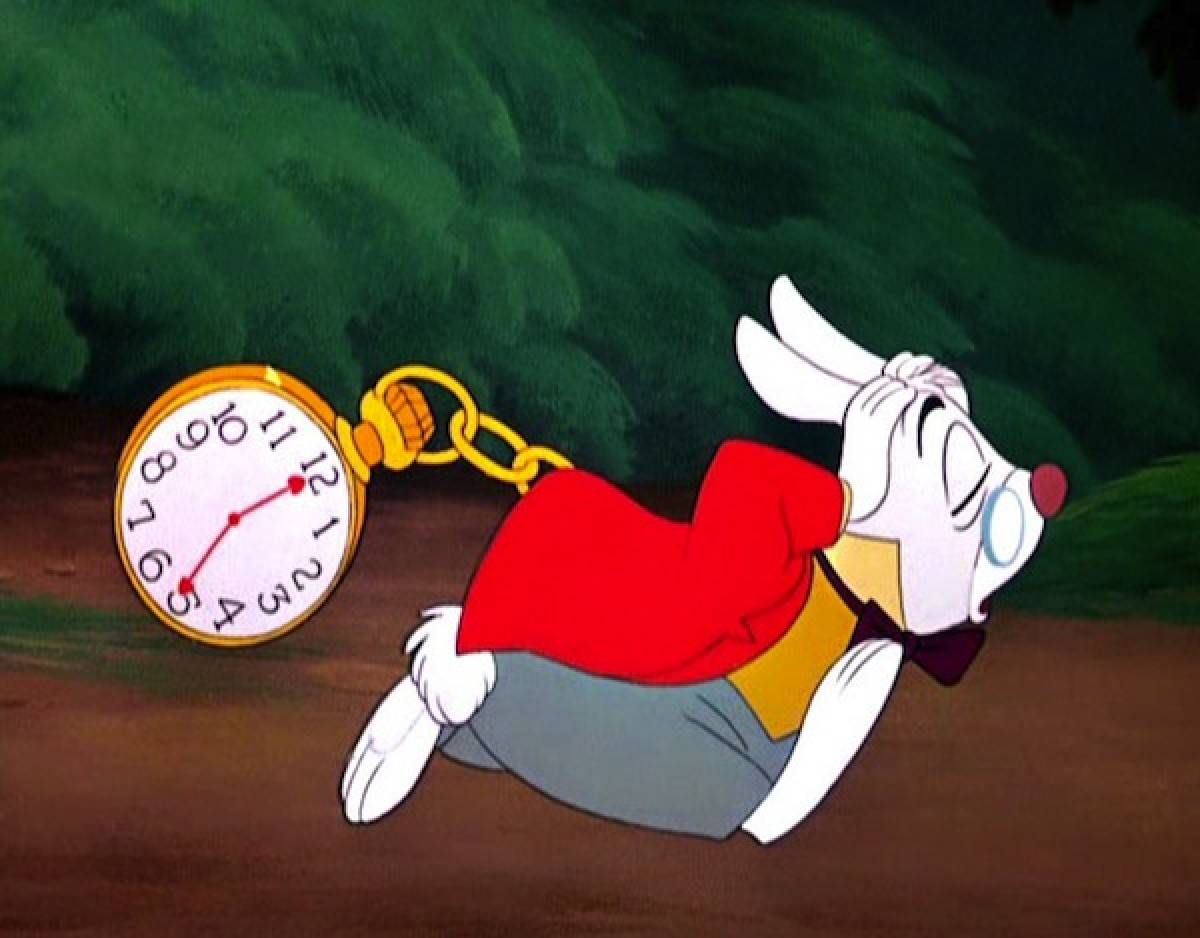Each practitioner loves one or the other type of yoga. It depends on many factors, might just be the mood, the day, the season, the moon, one period in life.
Some like more yang practices (like Vinyasa, Ashtanga, Hatha...) and other ones like more yin practices, like Restorative and Yin itsself, which are the focus of today's post.
They are slow, calm, cool. They talk to our moon side, the yin side. But as much as this make them similar, they are very different, indeed. I have found while practicing, watching and listening that sometimes they are confused and that the two tags are used interchangeably.
Why and where are they not the same?
1. Duration of the pose (or shape, as we often call asana in these practices). Restorative implies longer holds, typically 10 to 20 minutes. This gives enough time to the body to open up gently, without rush. In Yin, it's about 3 to 7 minutes - or even shorter for beginners, longer for more seasoned practitioners.
2. Sensation. In fact, in Restorative we want almost none. That's why we need longer holds: to give time to the body to open up. We are not rushing anything. We are being passive in the pose. We are allowing the breath to flow and do the work for us, while we are being held - by the wall, chairs, bolsters, blankets and anything that can help. In Yin, we are actually looking for our edge, that particular sensation that we can stay with, using our breath to check in, until we can start to relax into the pose, while reaching the plastic tissues underneath our muscles. Yin is very active. And remember, sensation is no synonym for pain.
3. Props. Even though both practices use props, Restorative relies heavily on them. It could be some particular yoga prop - like blocks, bolsters, meditation cushions - but also anything around us - I already mentioned walls, blankets, chairs, even sofa cushions. Be creative with your props. In Yin, you could even work without them, almost using your body parts as a natural weight in a more traditional type of Yin yoga or relying on props - but not as much as to take away sensations. One of my teachers at MyVinyasaPractice who teaches to the traditional form of Yin, always says that props are not illegal. It means: do what feels best for your body. Props are not good or bad as such. No judgment there. (And they are very useful, but that could be part of another post).
I see often Yin and Restorative mixed up, even by teachers themselves. The duration alone doesn't make a shape Yin or Restorative. Sensation - together with intention - does most of the trick. If you are feeling too much sensation, you are not doing a restorative practice. You might want to add some more props, to feel more comfortable in the shape. Or take a variation.
You can raise legs up the wall and make it Yin - for example by pushing the hips more towards the wall. Or it could be a beautifully restorative shape, if you stay inches away from the wall or add some extra padding below the hips.
And then, more on intention: do you want to keep your joints happier and young? Consider Yin. Are you looking for a passive practice which will help you stay with yourself while gently opening up? Maybe Restorative is the answer. And even if it might be less challenging physically, do not underestimate the challenge of just being. With yourself.
In the end, each yoga style is just yoga: unity and a way to calm our mind and its chatter.
It doesn't really matter if you are doing Yin or Restorative, agreed. But it's important to know what you are looking for, what you are doing or what you have signed up for. Or, if you are a teacher, what you are offering to your students.
 |
| Caterpillar, one of the most classic Yin asana |
 |
| Restorative shape with bolster and cushion for support |


